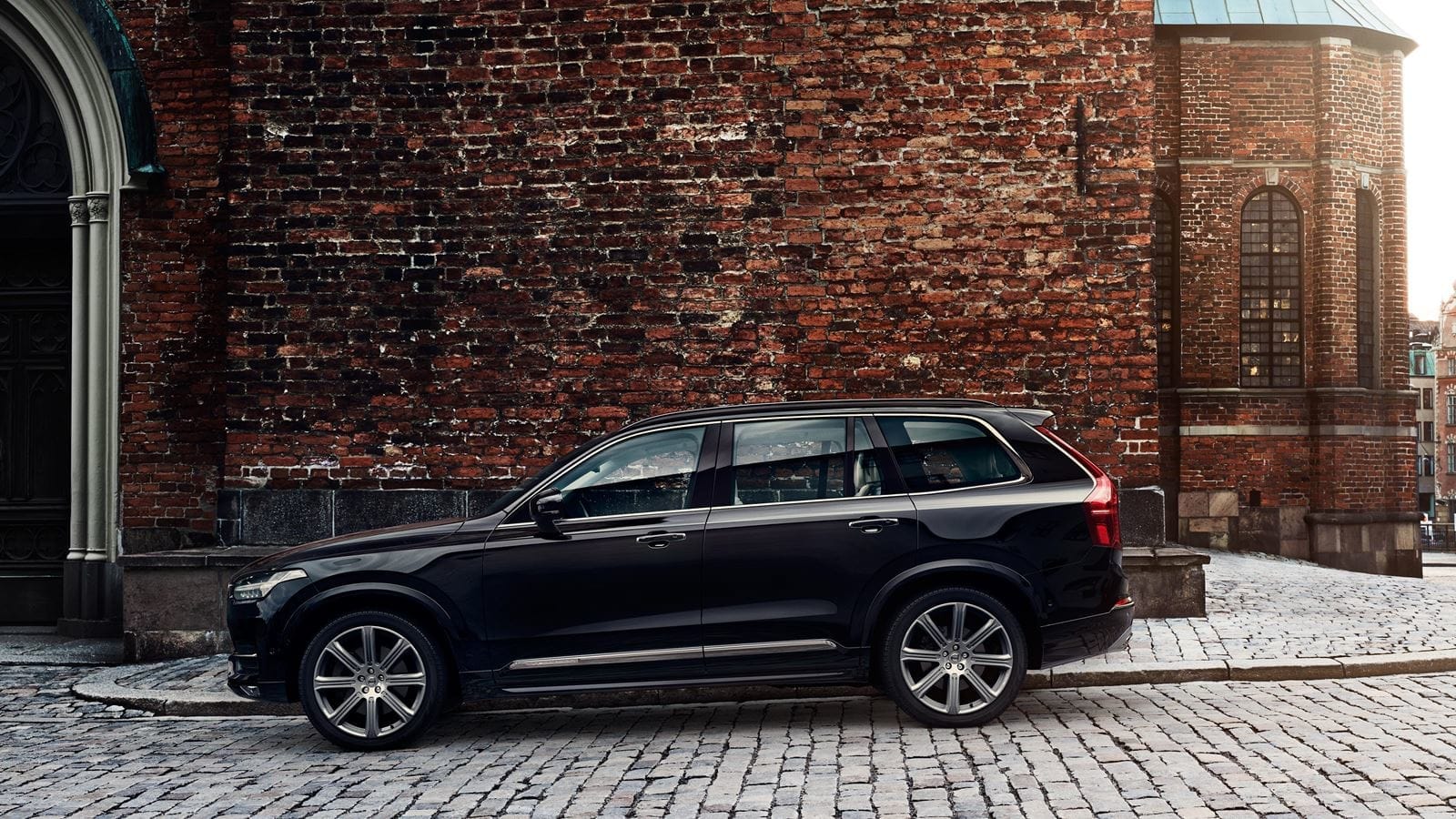
A couple years ago, the Volvo XC90 won the award for North American Truck of the Year. That struck more than one person as odd; the Volvo XC90, after all, is what most people would call an SUV — yet it’s not one of those, either. In fact, Volvo doesn’t build SUVs, even though plenty of people (including us, often as not) refer to them as such. Confused yet? Fields Volvo Northfield will now set the record straight.
One reason that many SUVs and crossovers, such as the Volvo XC90, tend to be classed as trucks is because of their cargo and towing capacities. Volvo crossovers perform well in that respect; the aforementioned Volvo XC90 has a maximum 85.7 cubic feet of cargo space, after all, and even the smaller Volvo XC40 has a respectable 47.2 cubic foot maximum.
But they’re not what most of us would think of as trucks, nor are they SUVs. They’re crossovers, and the difference isn’t just semantics. An SUV, like a pickup, uses body-on-frame construction. That means strength for towing and off-road use. But it also means a lot of extra weight, so a couple of decades back, many car makers (including Volvo) began to shift toward unibody construction.
That’s the same method used to build the Volvo S60 and Volvo V90. It means the body and frame are one continuous unit. That makes for more rigid construction — which leads to better handling — and lighter weight that economizes on fuel. In some cases, it also allows a crossover to share a platform with its sedan counterpart, which significantly reduces development and build costs.
So is a crossover worth it? For many Evanston drivers, the answer is “yes.” You can still go off-road (or anywhere else your sense of adventure takes you) in a crossover, and you’ll still have sufficient towing capacity for most everyday applications. To determine whether a new Volvo crossover is right for you, visit Fields Volvo Northfield at 770 Frontage Road and take one for a test drive.